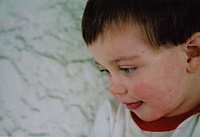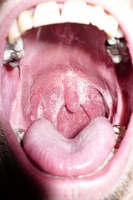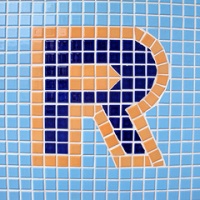
Q: My client adds E after all vocalic Rs. Example: She says “deer” as “Deer-ee”. Is this an oral-motor problem? What can I do? If your client has a correct R in some contexts but not others, then this is no longer about oral motor skill. She already can attain an R position. This is a problem of auditory discrimination. For some reason, she needs the E after the R to make the R correct in the vocalic position. Teach…





